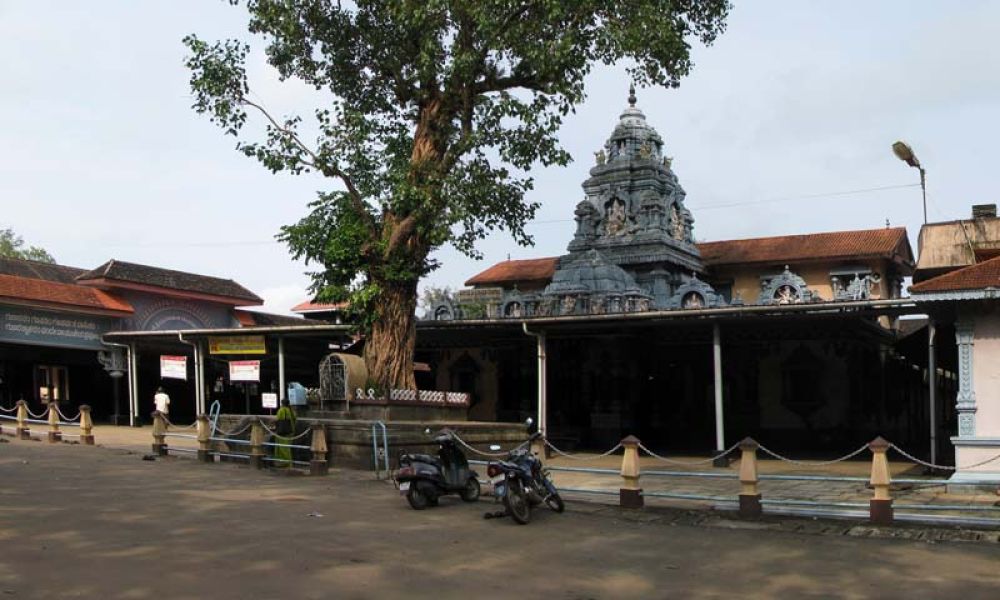

Anegudde Vinayaka Temple is one of the revered temples situated in Kumbhashi, near Udupi, in the state of Karnataka, India. It is dedicated to Lord Ganesha, one of the most worshipped deities in Hinduism. The name 'Anegudde' translates to 'elephant hill' in the local language, representing the deity's form as the elephant-headed god.
The temple has a rich historical significance which dates back to the Vedic period and is a part of the famous Parashurama Kshetra. According to mythology, it is believed that Lord Ganesha blessed Bheema, one of the Pandavas from the epic Mahabharata, here. This sacred spot has been attracting pilgrims and tourists for centuries.
Over the years, tourism at Anegudde Vinayaka Temple has thrived primarily due to the significance of the deity and the temple in fulfilling wishes of devotees. The local festival of 'Vinayaka Chaturthi' celebrated in grandeur, attracts thousands of visitors from across the state and country.
The temple has seen continuous growth in the number of tourists with every passing year. Facilities for visitors have been constantly improved, making it easier for the pilgrims to visit and offer their prayers.
Recently, with the advent of technology and digitalization, the temple authorities have taken steps to make darshan and offerings possible through online platforms, catering to the needs of devotees unable to visit the shrine.
Furthermore, the concept of religious tourism has been expanding in the area, with other popular temples near Udupi such as Krishna Temple and the ancient Jain temples of Karkala and Moodabidri acting as additional attractions for the spiritual circuit. Tourists often tend to visit these places of worship in a single trip.
Another trend in the region is the integration of cultural tourism with pilgrimages. Visitors are not only coming for devotional purposes but also to experience the rich culture, cuisine, and art forms of Karnataka, such as Yakshagana, a traditional theatre form.
The government and local tourism boards actively promote ecological and sustainable tourism practices to preserve the natural beauty and sanctity of the region.